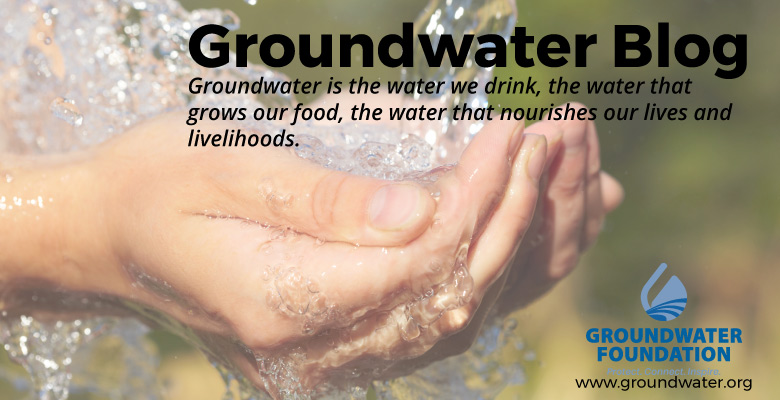by Jennifer Wemhoff, The Groundwater Foundation
Today's youth are tomorrow's leaders and decision-makers. Helping them understand groundwater, and their role in protecting it, is an important part of the work we do. Plus, it's fun!
"I hear and I forget, I see and I remember, I do and I understand." Kids learn and retain much more when learning in an experiential setting, rather than passively receiving information. The Groundwater Foundation has a number of hands-on educational activities on our website. A searchable filter and even more fun, hands-on, brains-on activities are in the works, so stay tuned for more details!
2. Disguise the learning as play.
Kids don't realize their learning about turbidity when their squishing their toes in a muddy pond, or about stormwater when they're painting a rain barrel. Incorporating elements of learning into elements of play makes kids forget something is "educational."
3. Send the message home.
Make and take activities (they make something as part of the educational event, then take the item home) are great ways to ensure the message goes home. Growing with Groundwater and Water Cycle Bracelets are great examples of make and take activities.
4. Make the message simple, applicable, and actionable.
Kids want to do something, and get excited about making a difference. A simple message - you can protect groundwater - is enough, especially if you give ideas for what they can do.
5. Make demonstrations engaging.
Hands-on activities are best, but can be made even better when combined with a fun, engaging demonstration. Get kids involved in the demonstration in some way - adding contaminants to Frannie's water bowl, pointing out the water table in an Awesome Aquifer Kit.
6. Do it more than once.
A one-time exposure to groundwater education is better than nothing, but experience has taught us that there can be a greater impact if the same message is presented to the same group multiple times.
It's all of our responsibility to protect groundwater. Part of that is making sure the next generation of stewards have the knowledge and tools to become thoughtful and effective decision-makers in the future.
For more ideas, tools, and resources to educate youth, visit our website.





